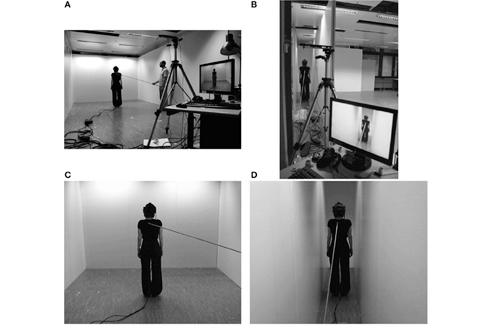CONGITIVE NEUROSCIENCE AND VIRTUAL REALITY
Isabella Pasqualini Dr. sc.
Defended Ph.D. (2012)
Architectonic space relates through human perception to scientific concepts of human bodily space in cognitive neuroscience. How does architectonic form modulate self-perception through the sense of body ownership and self-location of the beholder when manipulated through multisensory stimulation in an architectonic setting? Recent data in cognitive neuroscience revealed the importance of the multisensory integration of visual, tactile, vestibular and proprioceptive stimuli involved in the subjective experience of the bodily self and the feeling of presence. This suggests that visual and haptic mechanisms of integration supporting the experience of bodily self-consciousness are important in architecture. Yet, in this circumspect little is known on how architectonic cues and spaces are represented and combined to form a coherent unified perspective so characteristic of the bodily self.
This PhD thesis elaborates architectonic prototypes based on ego or self-centred value criteria that apply in virtual and physical representations of space and may be transported into non-self-centred models of space. What are the crucial perceptual and cognitive mechanisms that allow extending these findings to different spatial typologies?
This PhD thesis is relevant in establishing a scientific ground for architecture through the multisensory and cognitive study of the bodily self with respect to architecture exploiting virtual reality technologies and using methods of cognitive neuroscience.

Figure 1. The architectonic setup and the participant’s view. The setup with the movable walls and backstroking for the large room (A) and the narrow room (B). The participant’s impression of space viewed through the HMD for the large (C) and narrow room-sizes (D). Filming of the scene in stereo 3D with two webcams combined to top lighting allowed a realistic representation of depth.
Additional informations :